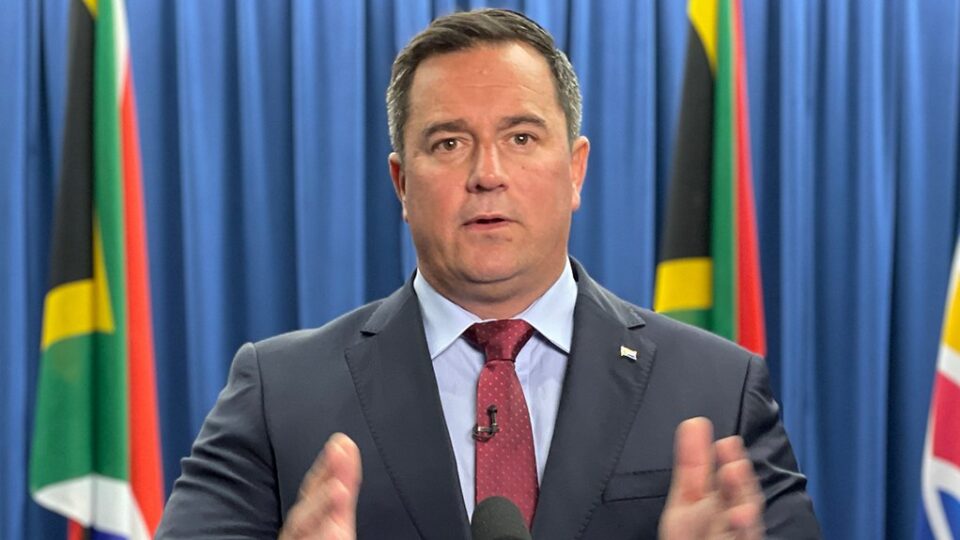At the Foot-and-Mouth Disease (FMD) Indaba held Monday, Minister of Agriculture John Steenhuisen delivered a stark warning: South Africa’s livestock sector is in crisis—not only from disease outbreaks but from a system crippled by policy failures, poor coordination, and outdated responses.
Addressing a room filled with veterinarians, scientists, farmers, and government officials, Steenhuisen said the nation’s current approach is fragmented and ill-equipped to handle future threats.
“Our disease response system was stretched to its limits,” he said. “Communication broke down. Vaccines were delayed. Provinces were unclear on protocols. And while the virus spread, trust in government eroded.”
He described four urgent reforms needed to protect the industry:
-
Regionalisation of Disease Control
-
Securing Vaccine Supply
-
Building Infrastructure
-
Boosting Research and Development
To lead the charge on regionalisation, senior veterinarians Dr. Emily Mogajane and Dr. Nomsa Mnisi have been appointed to design a national framework that will clearly define disease zones and improve coordination between provinces.
“The problem isn’t science—it’s coordination, legal clarity, and capacity,” said Steenhuisen. He noted that trade partners penalise the entire country for outbreaks limited to specific areas due to the lack of recognised zones.
Vaccine shortages were another major concern. Steenhuisen revealed that South Africa had to import emergency vaccines from Botswana, calling the situation “unsustainable.” He proposed a national vaccine bank supported by both government and private sector investment.
“If you want predictability, you must also invest,” he said.
Steenhuisen also announced funding for new abattoirs and feedlots in FMD protection zones, including Limpopo, KwaZulu-Natal, and Mpumalanga. These facilities, he said, will reduce illegal livestock movement and provide jobs in rural areas.
Looking forward, Steenhuisen called for renewed focus on animal science and climate-resilient farming. He urged elevating the Agricultural Research Council to international standards and proposed new partnerships, such as with the University of Pretoria’s Biosecurity Hub, alongside better use of statutory levies for research.
While critical of past failings, Steenhuisen struck a tone of urgency and unity.
“This Indaba isn’t about blame—it’s about fixing what’s broken,” he said. “We must break the cycle of reactive containment and shift toward proactive, coordinated disease control.”



